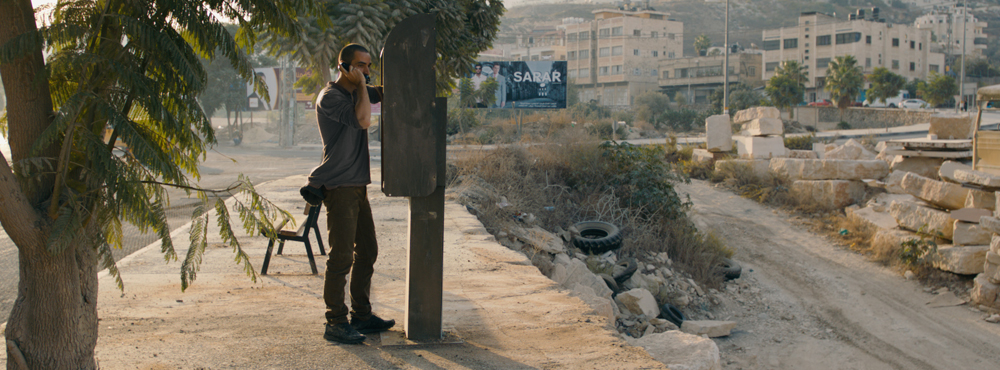Why did one of the most influential and well-known musicians—whose songs “Folsom Prison Blues” and “Walk the Line” previously topped the charts and received major radio airplay—have to publicly write Billboard magazine asking the media to take notice of his new single “Ballad of Ira Hayes?”
The untold story of Bitter Tears by Johnny Cash
Why did one of the most influential and well-known musicians—whose songs “Folsom Prison Blues” and “Walk the Line” previously topped the charts and received major radio airplay—have to publicly write Billboard magazine asking the media to take notice of his new single “Ballad of Ira Hayes?”
The answer is that the single, “Ballad of Ira Hayes”—and the album, Bitter Tears: Ballads of the American Indian—by Johnny Cash, was censored from the public sphere after a backlash from media and citizens alike.
In A Heartbeat and a Guitar: Johnny Cash and the Making of Bitter Tears, Antonio D’Ambrosio offers the compelling story of how and why Cash collaborated with Peter La Farge, a virtually unknown folk artist, to create an album that gave voice to oppressed people across the nation.
In the midst of the Civil Rights Movement, the Red Power Movement was taking place, which most Americans failed to notice.
The Indian Termination Policy claimed to make Natives full citizens of America and to cut off all government funding of reservations (the term “Native” is used in the book, instead of Native American, because they were natives to the land before it was America).
In reality, what it did was grant the government more access to land and resources in the reservations and caused groups to lose their tribal affiliations and relocate to places where they were often victims of racism.
Cash, who felt an obligation to the oppressed group, made the album Bitter Tears with the song “Ballad of Ira Hayes,” written by Peter La Farge. The song is about U.S. Marine Ira Hayes, a tribal Akimel O’odham or “Pima,” who was one of the soldiers in the iconic World War II photograph, “Raising the Flag on Iwo Jima.”
In the book, readers learn about Ira Hayes’ purpose to make his people proud and his sad story of dedication to a country that failed to return the favor.
D’Ambrosio genuinely tells the story of Hayes and other Native groups that were disenfranchised by the U.S. government. By telling those stories, the author creates the backdrop for Cash’s controversial album.
In A Heartbeat and a Guitar, the reader is pushed and pulled into different directions every few paragraphs. In true musical biographical style, one story seems to lead into another story, and the next thing you know, you’re a little confused when the author gets back to the original story. It may take a little while to get used to, but trust me, it’s worth it.
Nonetheless, the book provides countless pieces of information, biographies and social and political commentary that illustrate what Cash and others were trying to do in a time of civil unrest. Not only does the book capture this, it brings it back to life.
If you’re a fan of musical biographies and being exposed to our country’s social injustices involving civil rights, you’ll love this book. Reading A Heartbeat and a Guitar is like watching several episodes of VH1’s Behind the Music, except you learn much more meaningful information about these artists and the way they influenced and were influenced by social movements of their time.



